Journey back to freedom
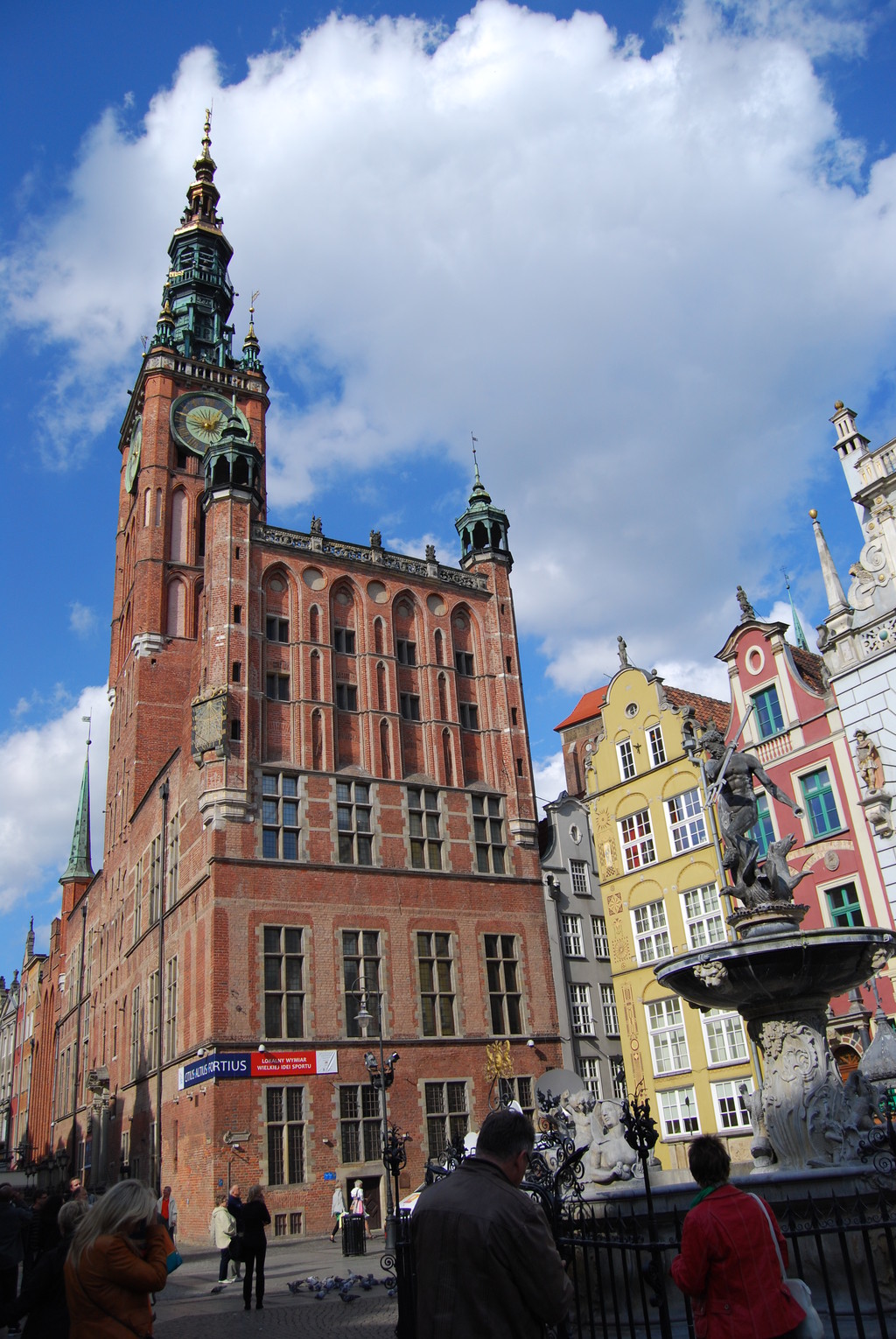
Why should some one go and visit Gdansk and what is there to see?
First, the architectural style of the buildings will fascinate you Then after you walk further in the city you will see lots of statues and churches, each of them wearing the mark of traditional polish culture. Soon after walking on foot on the street you will start to sense a strange smell in the air. It is a familiar scent nowadays, but more than 30 years ago this scent was banned for the city, and not only from Gdansk, but from every part of Poland. Do you know it?
Freedom
In Gdansk, one can find the "Roads that lead to Freedom", it is the place where the „Solidarność” movement initiated. For those of you that do not know, this was a great important moment for Poland because polish people started to fight against the communist regime implemented by Stalin and continued by his followers. People wanted to taste liberty again, moreover they want it to be everywhere. The leader of this movement was Lech Wałęsa, he convinced people to stand together against oppression and to fight for their human rights. With this movement began a domino effect, every communist country started to fight back, following the footsteps of Gdansk. After the liberation of Poland from communism, Wałęsa became president.
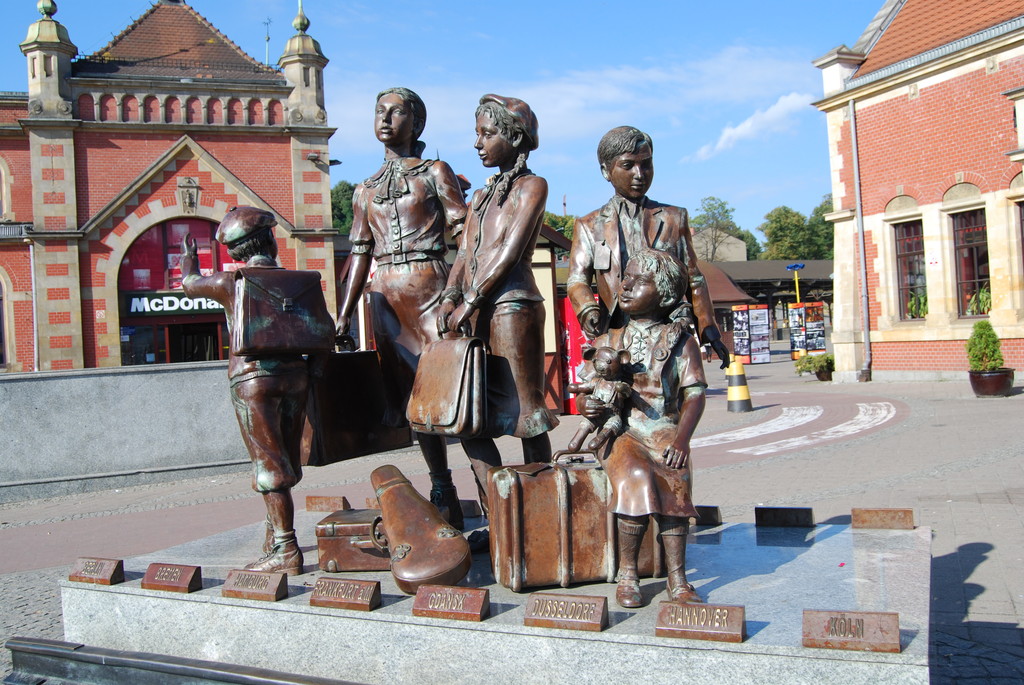
To remember what happened, in Gdansk was founded the „Solidarność” Museum. Here the ticket is around 14-15 zloti for students, really cheap, I think. If you go you will learn more about the movement and you will get to see how the economical and social state of Poland was back then. After you exit the museum just cross the street and walk straight ahead until you reach a big, big monument, you can’t miss it. Here you can see ledgers made in the memory of those who died for freedom and also the gigantic monument in the shape of what looks like an anchor. It is a “memento” of strength. The strength that the polish people had in order to follow their dreams and of course, a memento of the sacrifice that they made. Freedoms seems to never come easily!
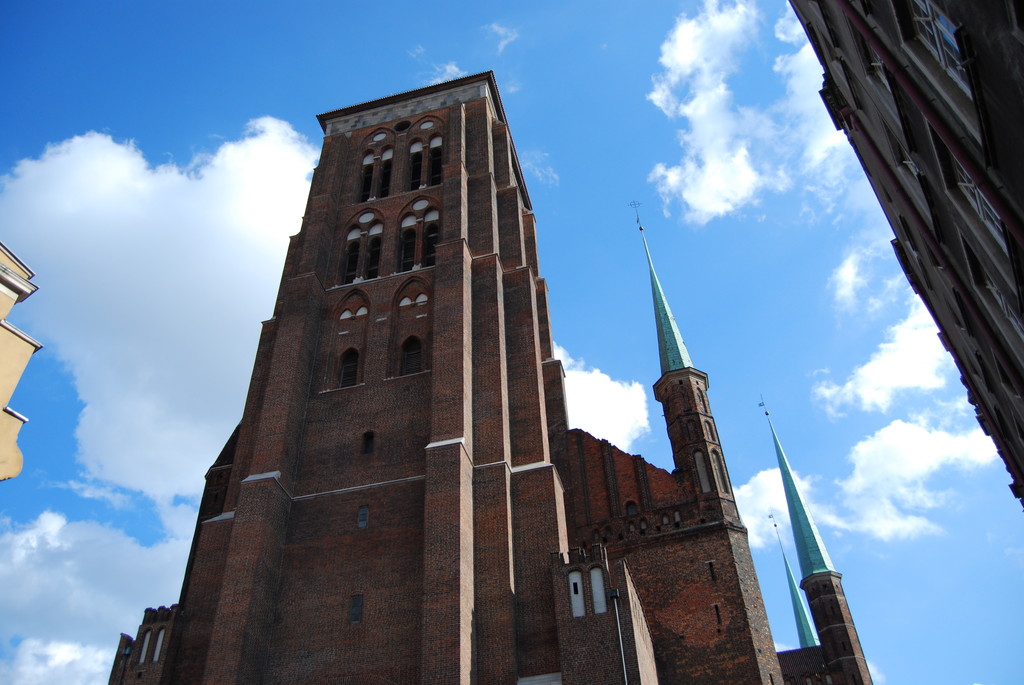
Another place to see is “St. Maria Church”, it is the tallest church made of red bricks in Europe and if you have the courage you can go up and see how small Gdansk looks from its rooftop. And let's not forget the History Museum, that holds contemporary art involving amber. Lots of amber!
Gdansk, being situated on the Baltic Coast, is the principal seaport in Poland, so if you like sailing buy a ticket and sail on.
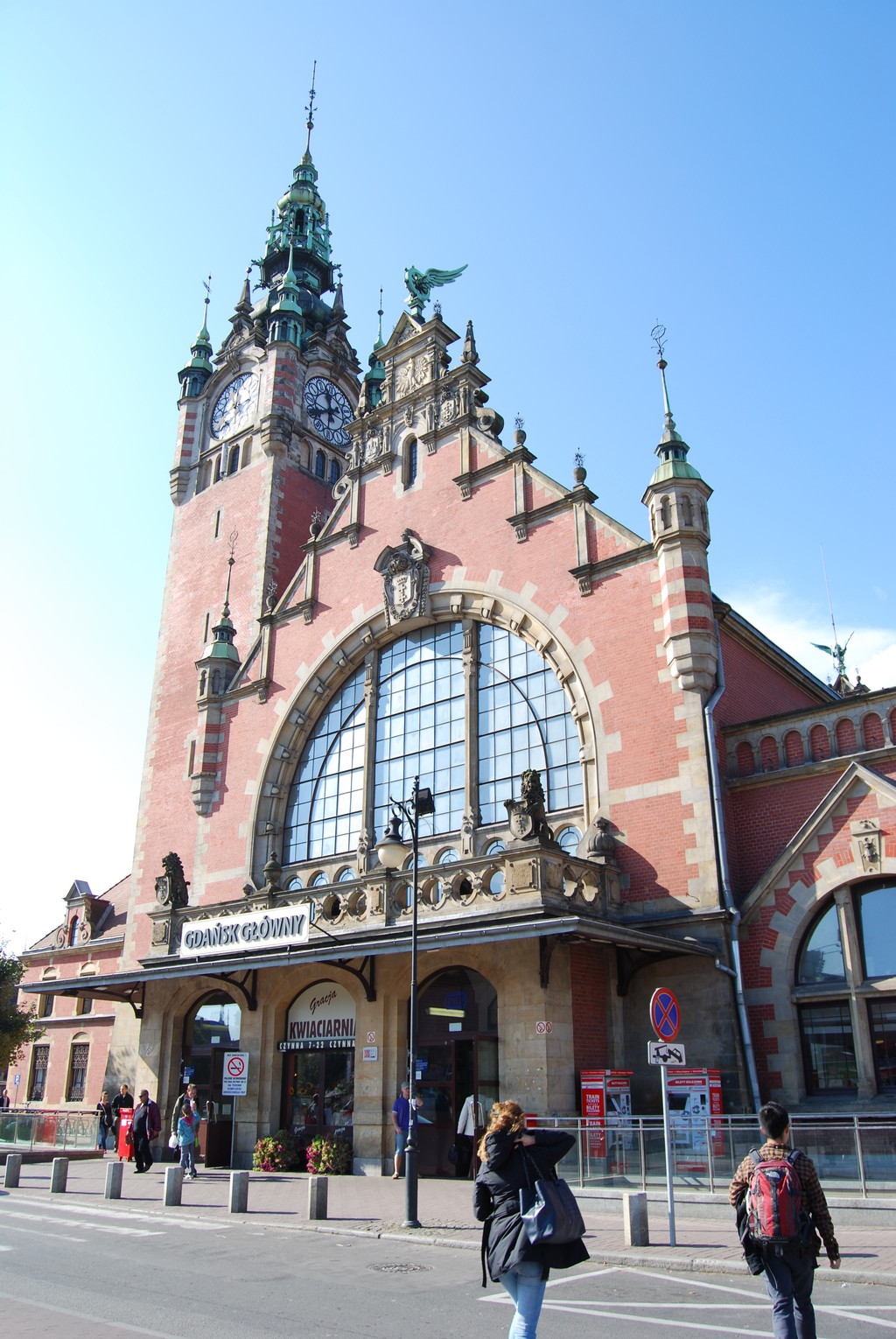
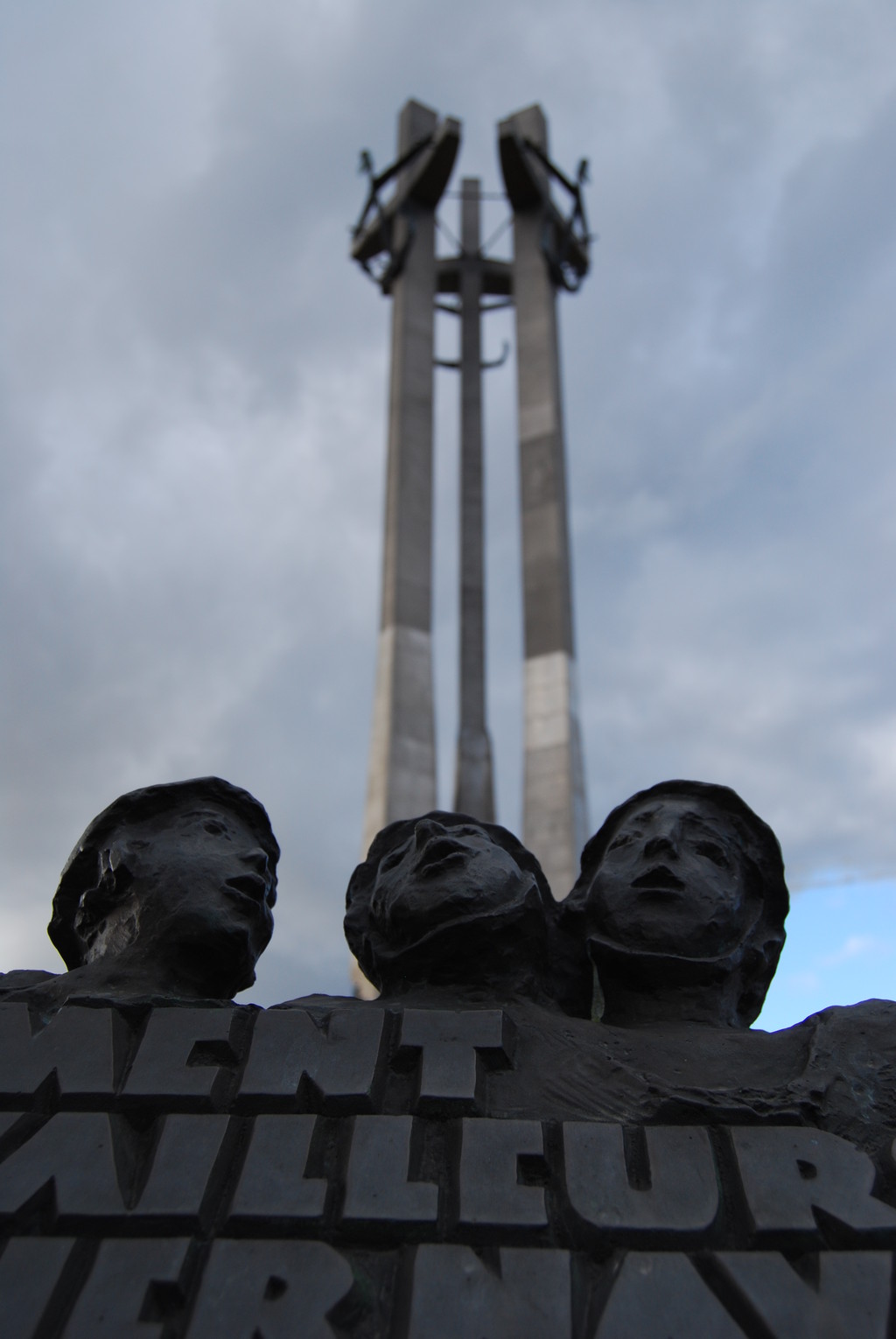
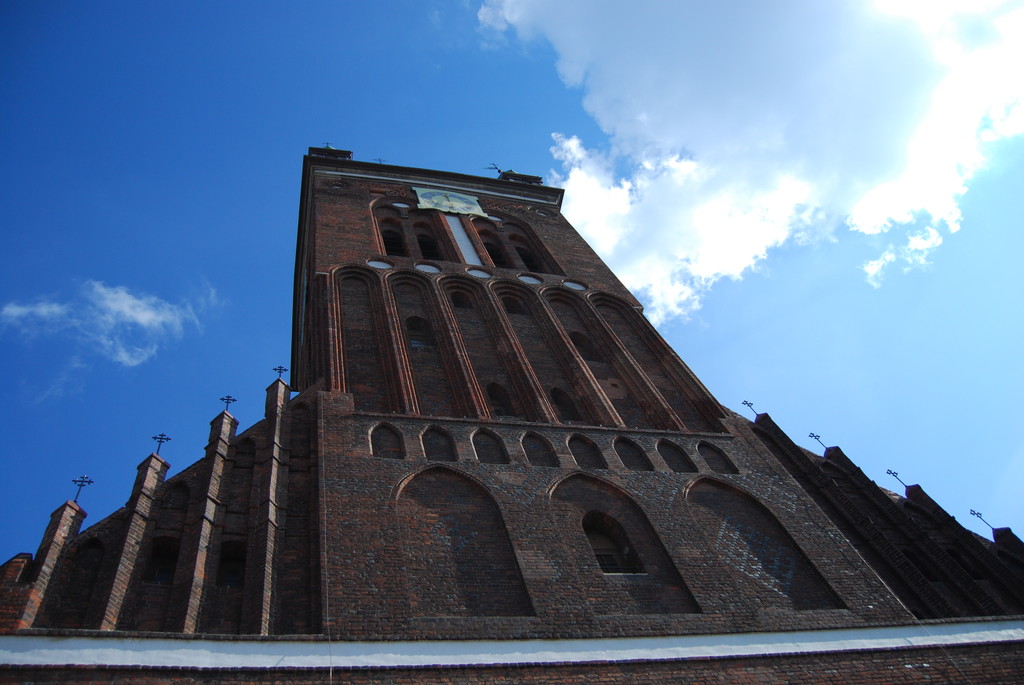
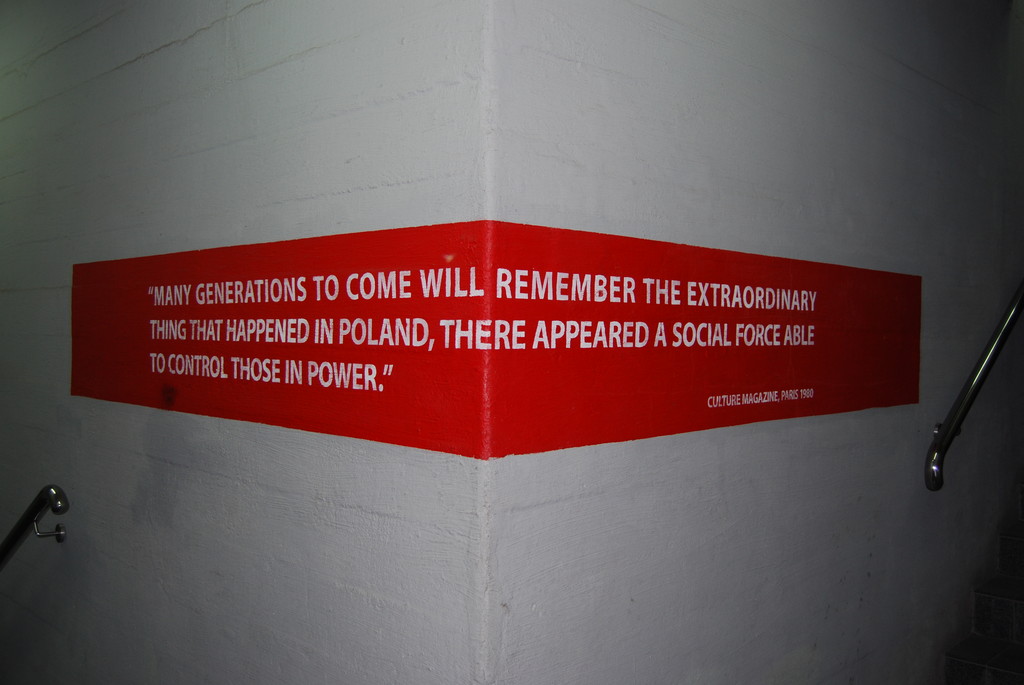
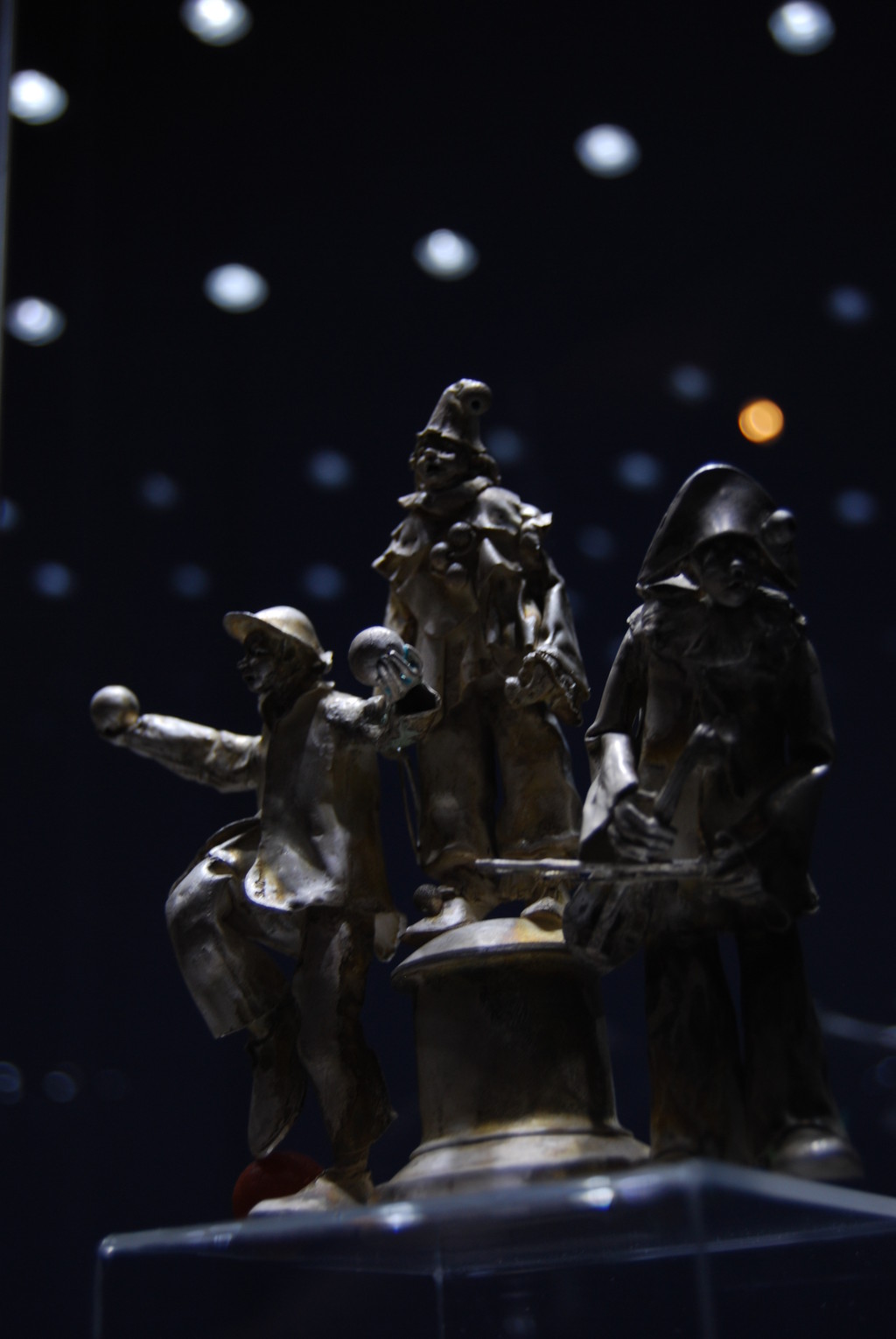
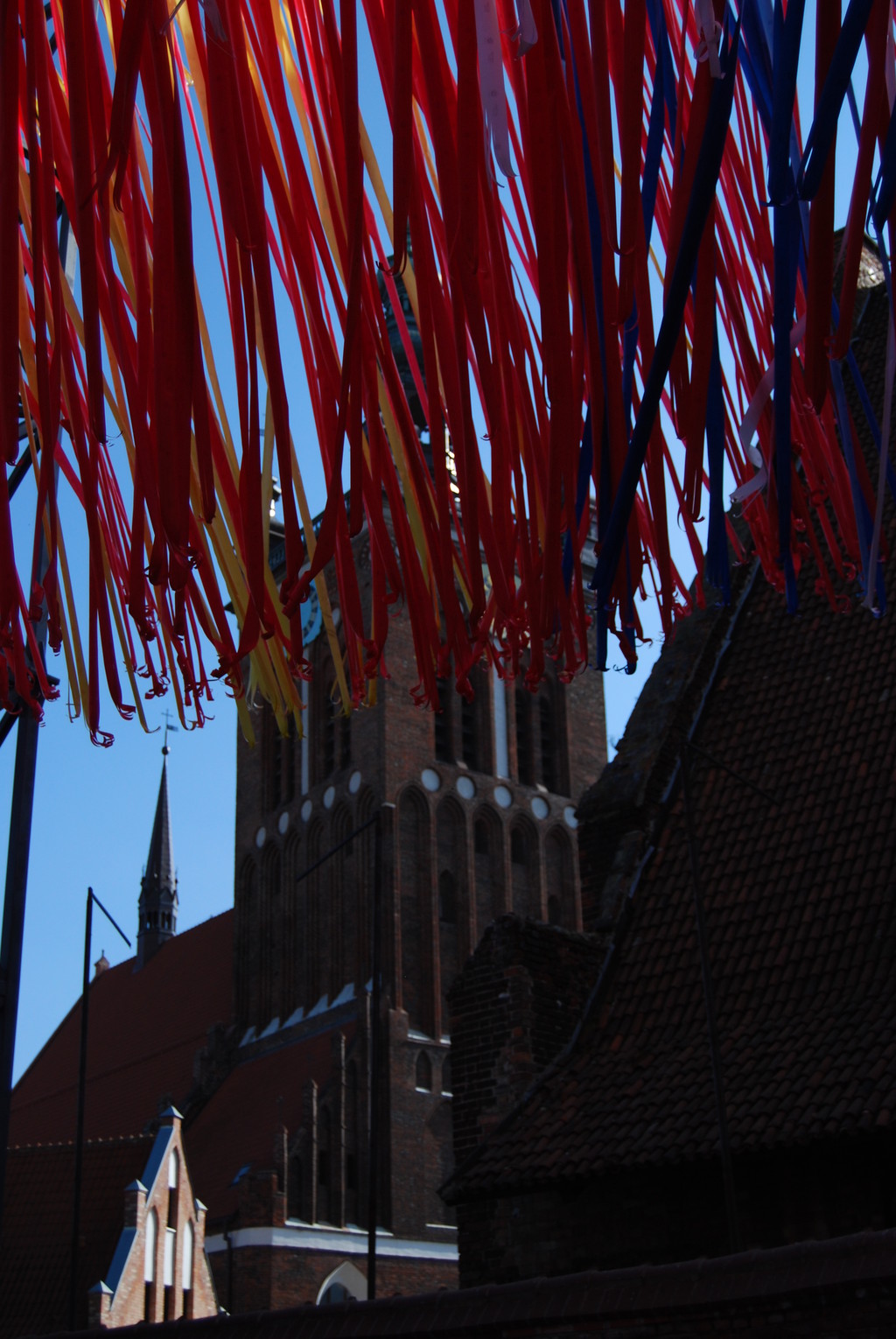
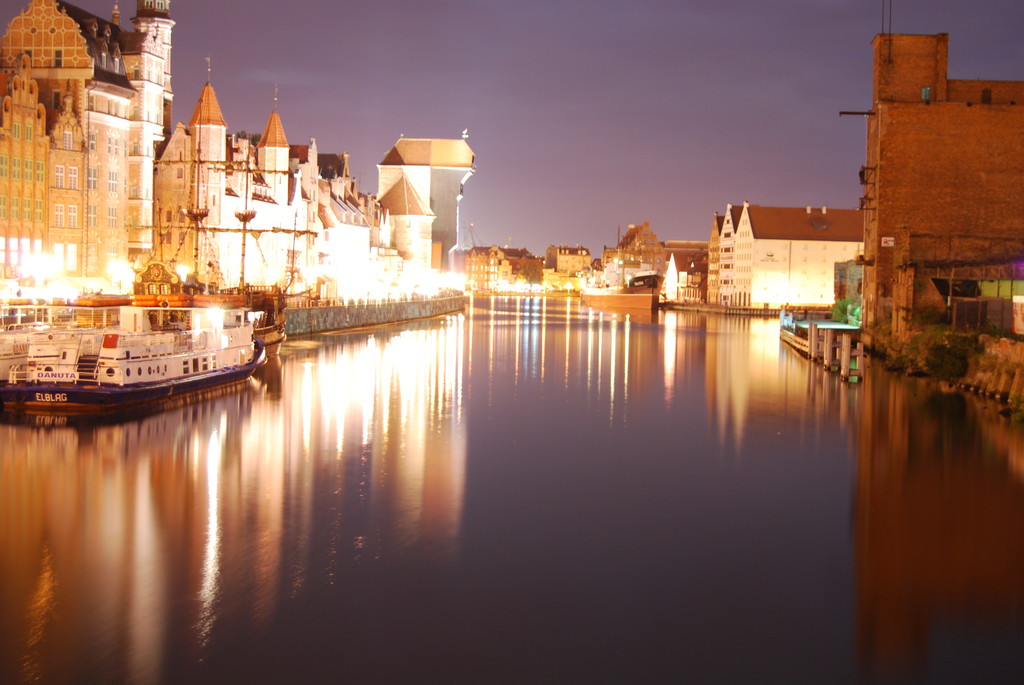
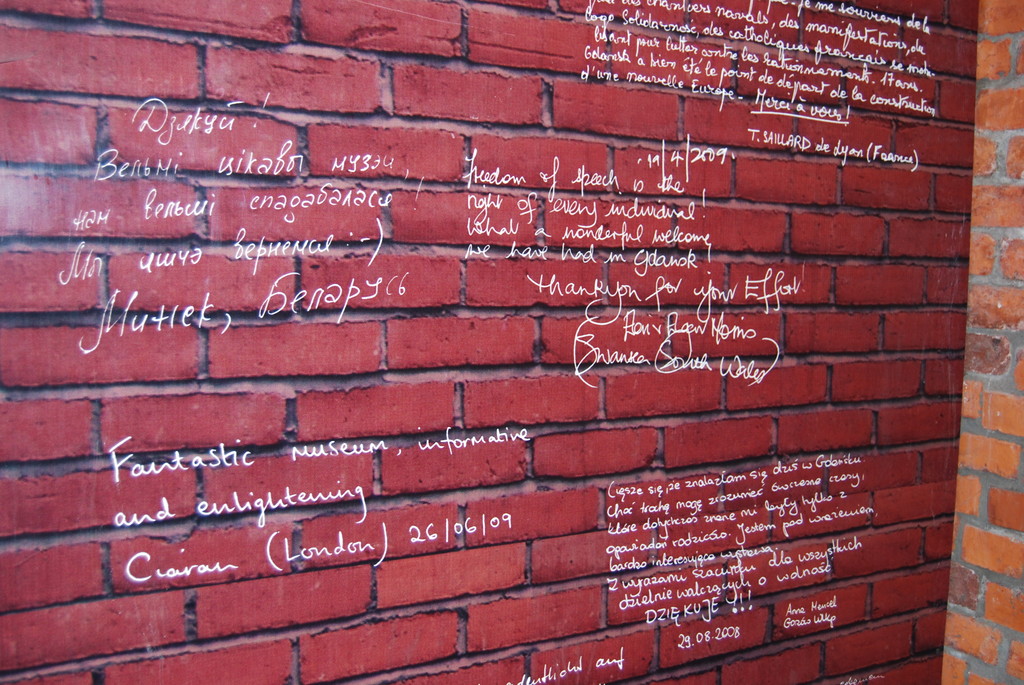
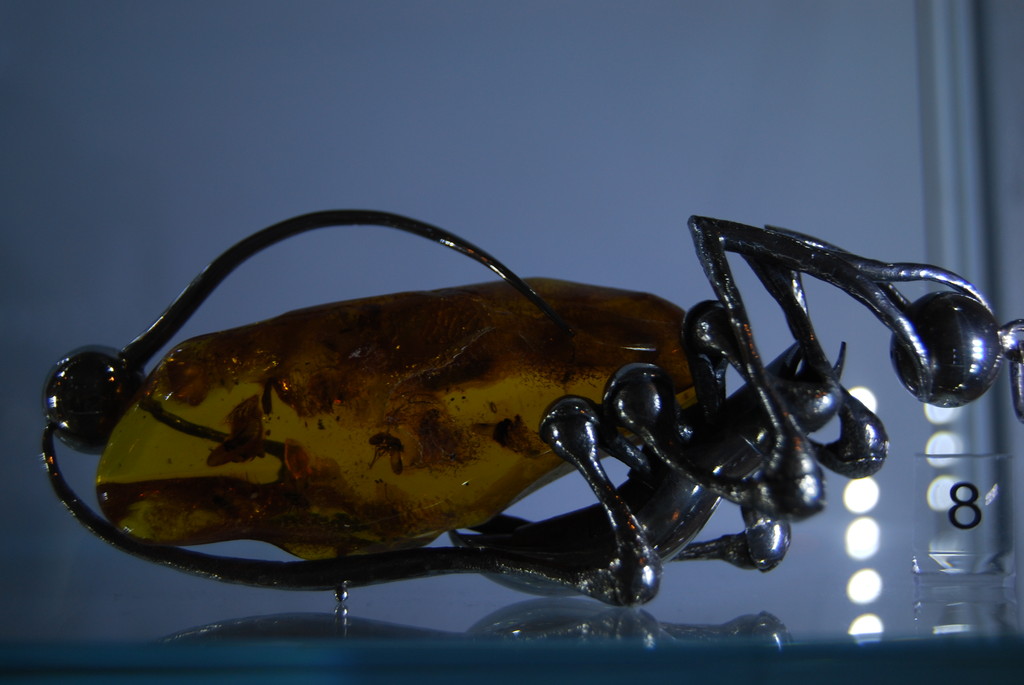

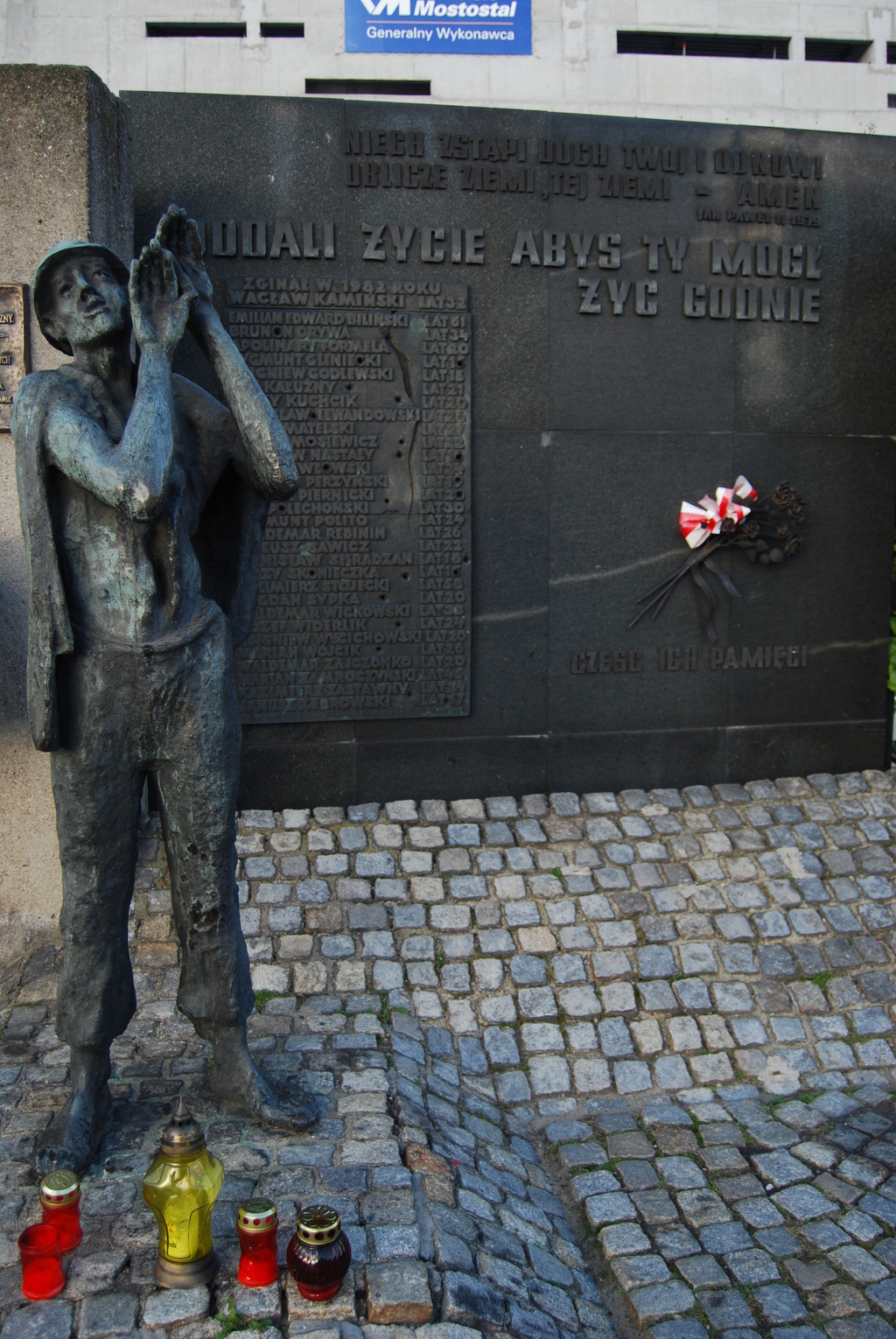
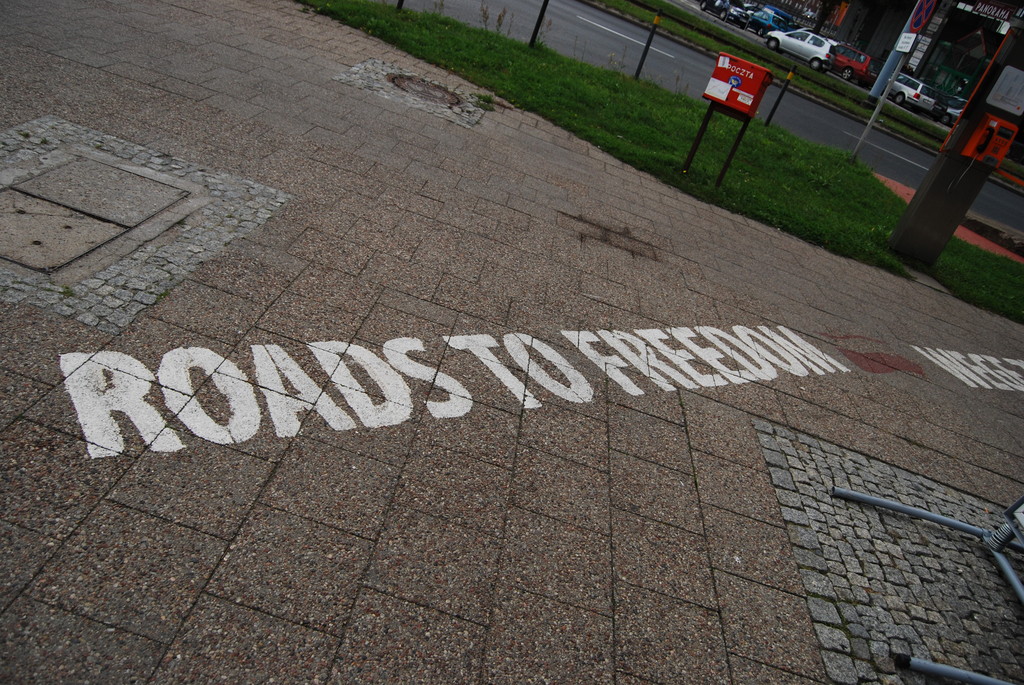

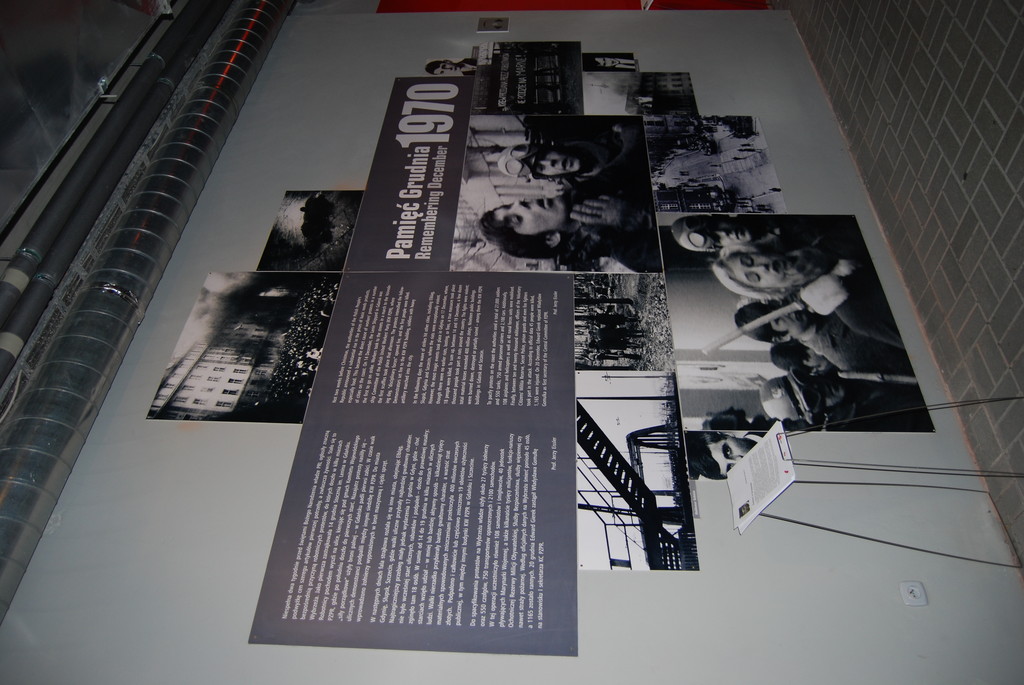

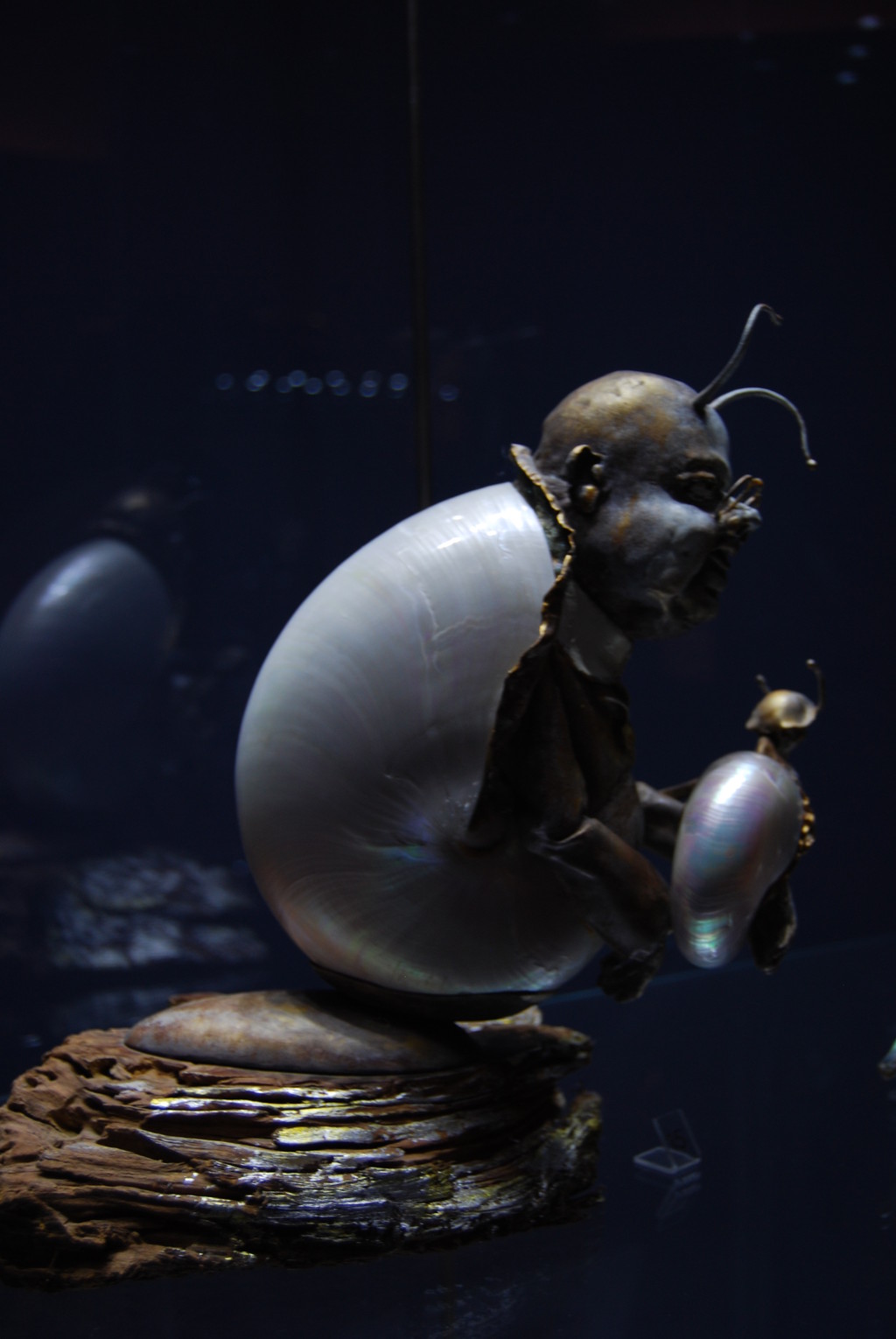
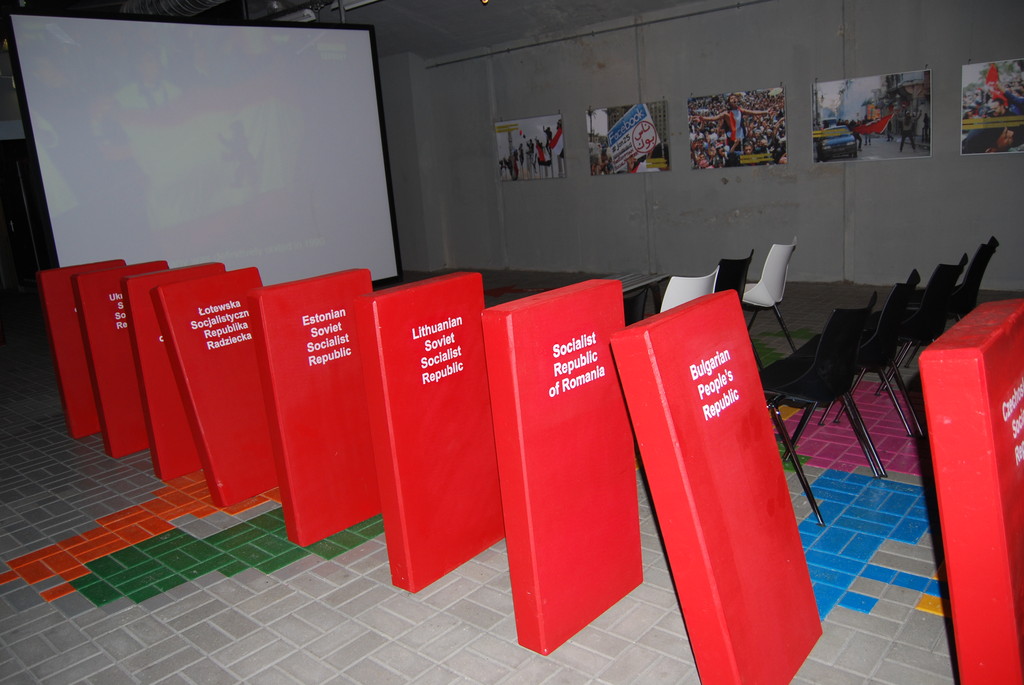
(Pictures made by my dear friend, Giorgiana Astefanei)
Photo gallery
Content available in other languages
- Español: Recorrido de vuelta a la libertad
- Polski: W podróży po wolność
- Italiano: Viaggio di ritorno alla libertà
Extraordinary city
My favorite city of Poland is Gdansk. Therefore, I would like to start with history of Gdansk. Furthermore, I want to share my impressions of the city with you.
The city was founded by the great ruler Mieszko I in the 10th century and for a long time the city was under the German government. It belonged to great Prussia which was on the northern part of Germany. This city looks half German half Dutch to me. And has appernt, corresponding archtecture as a provement of what I noted before. Majority of people think that Poland is a post-communist looking country but Gdansk shows different views.
This is Dutch architecture style. You might see it below. This is the "Old Arsenal by Anthony van Obberghen, Jan Strakowski and Abraham van den Blocke". Interesting to know that architect Anthony van Obberghen wanted to expand Flemish Renaissance and designed several buildings outside of Southern Netherlands. It actually was rebuilt after World War II. Now it looks like this the photo you may see below.

It is an amazing city which was built by people from western Europe. It captures you eyes and initially you indentify what country was build great buildings. Moreover, there are many tourists form western Europe. I met there Germans, Norwegians, Swedish, and Danes. The other architecture building what I liked even more than "the Old Arsenal by Anthony van Obberghen, Jan Strakowski and Abraham van den Blocke" was "Artus Court". You might see it below, too. And it is all due to King Arthur. Literally, that was a symbol of chivalry and gallantry.
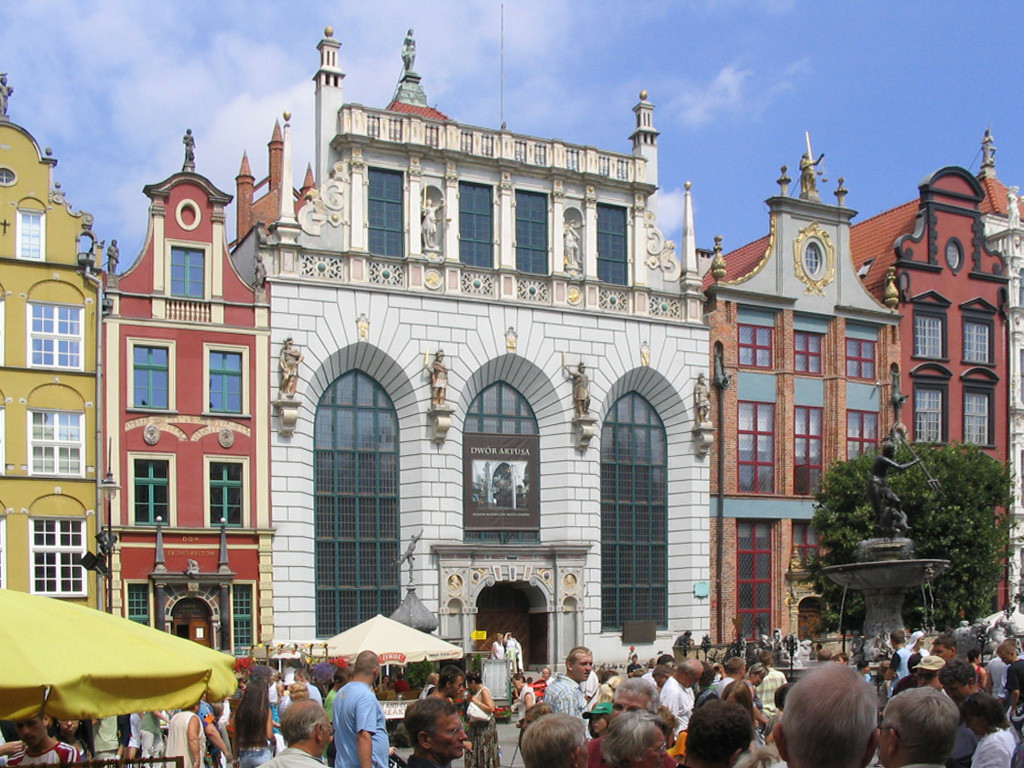
Near by this court there is an German style church.
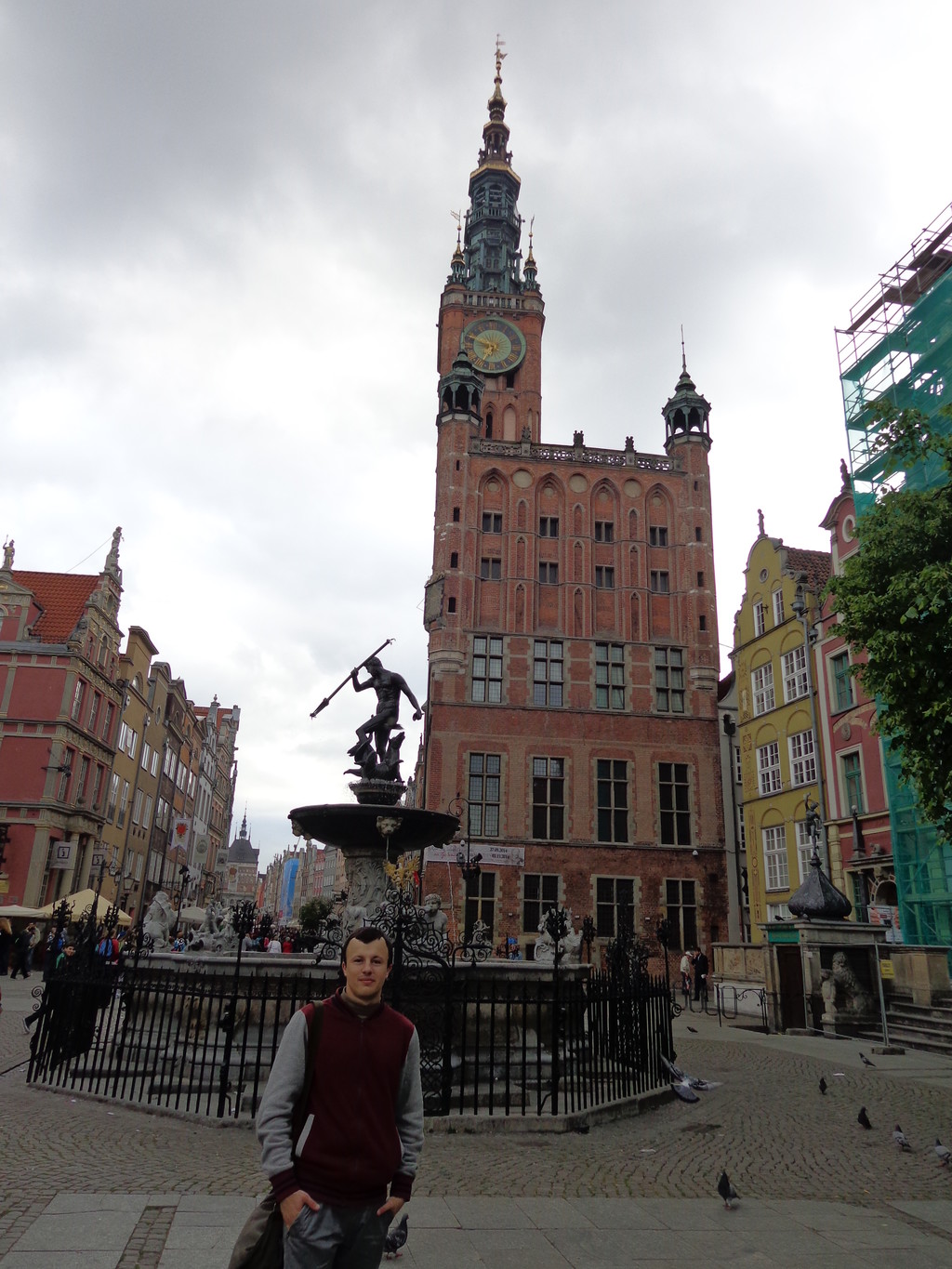
However, you also see Neptune's Fountain, behind my back.
Going further, I noticed an outstanding view from the whole street which reflects the German spirit. My eyes instantly were focused on the richness of different colors. There is a photo below. Those different colors make the city feel different not dull and grey as a post-communist country.
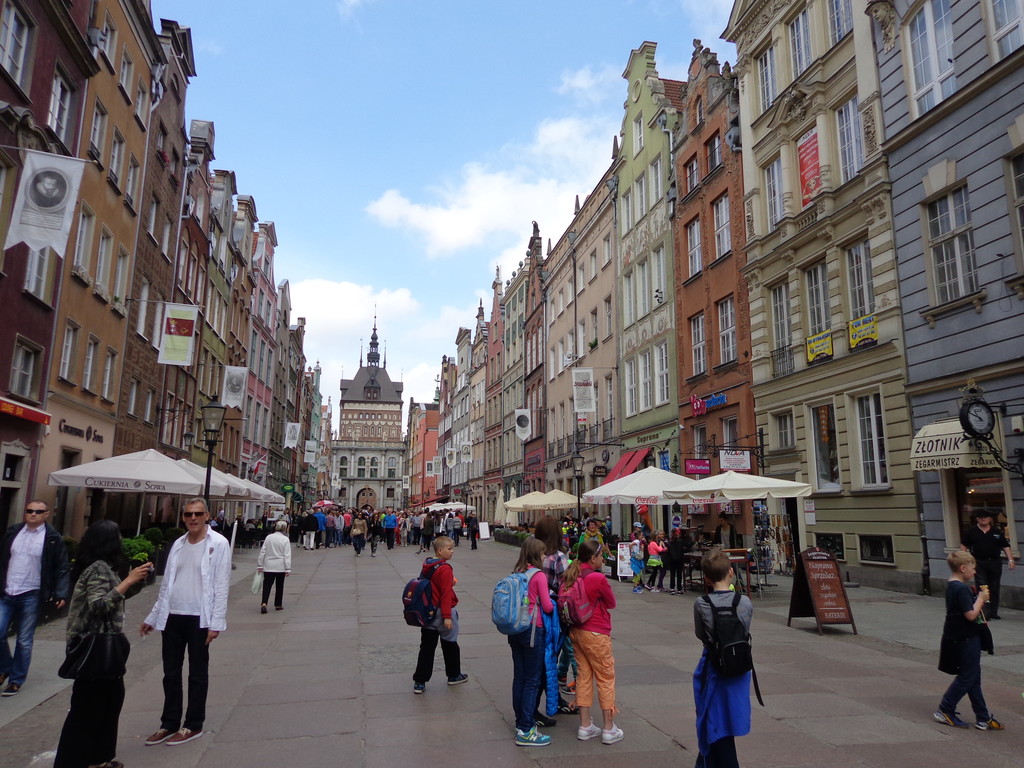
The last thing that impressed me very much was Basilica or St. Mary's Church, as many historians call it. The church was made of bricks by Prince Swantopolk II, which is considered as a Polish treat. Before the entrance, you may see the small depiction of this terrific church which is made of metal. It is a huge Roman Catholic church that will take some time to come around and see the whole church. Architects decided to make a small depiction of it to save some time for tourists. It is Polish Gothic style, which similar to Roman Catholic churches. It is nice to observe churches and cathedrals in such style. I would say much better than Orthodox. Moreover, I got chance to go on the top of it and I frankly admired the beauty of the whole city.


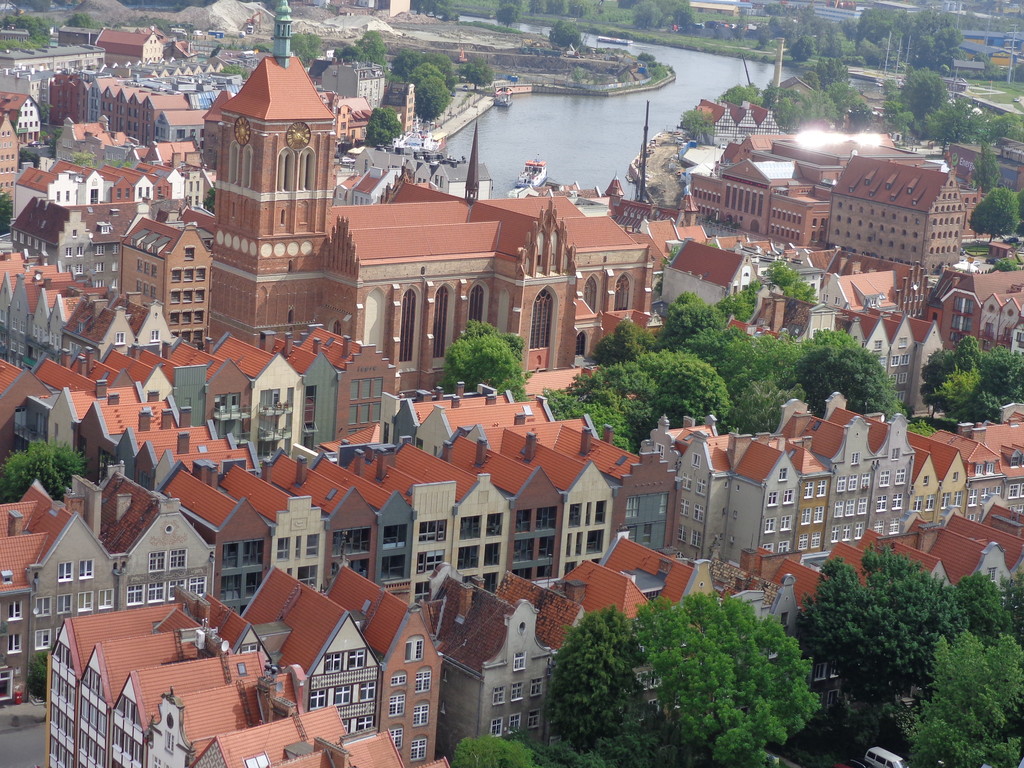
In the end, I like Gdansk very much. The culture of western Europeans in paticular Germany left a tremendous impact of Gdansk. By the way, I have been in many cities of Poland and I can say that there is a great difference. As a great Prussian impact I would say that Gdansk is more German city than Polish. Obviously, most part of the city was built by Germans and it reflects their style and culture. Surely, I do recommend you to see it. You will feel the difference, too.
Photo gallery
Content available in other languages
- Italiano: Una città straordinaria
- Español: Ciudad extraordinaria
Rate and comment about this place!
Do you know Gdańsk? Share your opinion about this place.










































